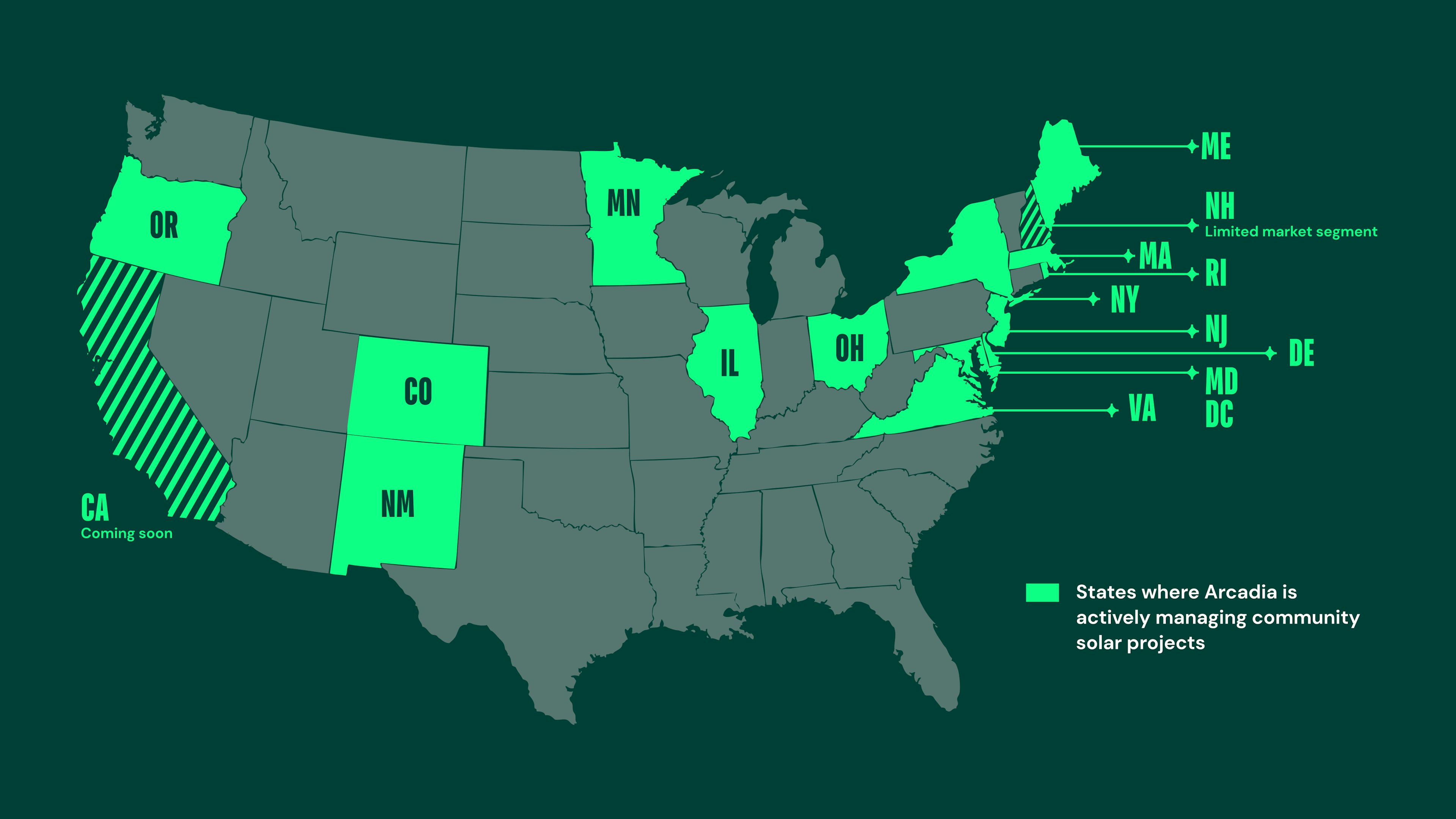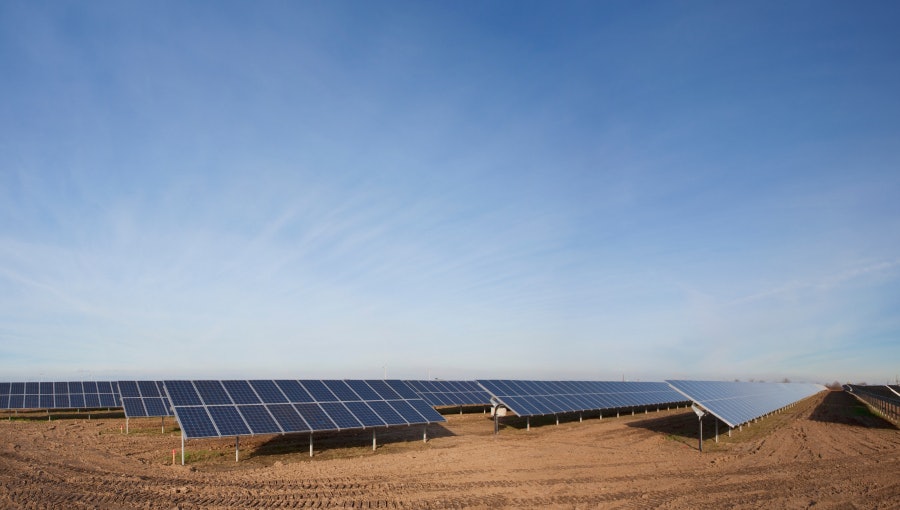Community solar has reached the tipping point. Let’s push it over.

This article was originally published digitally to Real Clear Policy on September 21, 2022.
Our nation is on the verge of the first clean energy revolution that is fully accessible to everyone in the country. With the newly passed Inflation Reduction Act (IRA), the U.S. Department of Energy setting a goal of having 5 million households participating in community solar by 2025 and the governor of California signing Assembly Bill 2316 — which will dramatically expand access to community solar in the world’s fifth largest economy — the industry has reached the tipping point.
To push it over the edge, states need to remove the barriers slowing the growth of the community solar market so this industry can reach its full potential.
A decade ago, if you wanted to make the switch to renewable energy at home, you’d most likely be out of luck. Solar panels and battery storage were too expensive to make it feasible for most homeowners. If you didn’t own your own home, you had no option.
Fast forward 10 years and community solar is offering millions of Americans the option to choose clean energy. Our industry’s capacity has nearly doubled each year since 2010.
This month, my company, Arcadia, became the first community solar provider with more than 1 GW of residential capacity under management. To put that figure into perspective, 1 GW is equivalent to 150,000 households and enough power to prevent more than 1 billion pounds of coal from being burned each year.
This is a huge deal, and not just for our company. Other companies are close to reaching this milestone, too — something that we applaud. It shows the potential growth for the entire industry.
Community solar is the most accessible, most affordable, and perhaps the easiest “last mile” for consumers to power their homes and businesses with clean energy.
It is also the most equitable option. For the two-thirds of families who don’t own a home, don’t have a stellar credit score, or have a roof that simply faces the wrong direction for rooftop solar panels, community solar is a way to still get the benefits of solar power without a construction project on their roof.
Recent efforts at the federal level can take community solar to a new level. Last year, the Department of Energy announced a goal of having the equivalent of 5 million households taking part in community solar by 2025 — growing participation by 700 percent in the next four years.
The IRA is a major step in making that goal a reality. It includes a 10-year extension of the investment tax credit (ITC) for community and rooftop solar. This will be a huge incentive for developers.
Even more important, the IRA adds specific new incentives for smaller scale (less than 5 MW capacity) solar projects that are placed in service in low-income communities or that benefit low-income households. This, as well as other policies that target a 5MW threshold within the IRA effectively creates the first federal community solar tax policy. Community solar is on the map!
The main factors limiting the solar market today are restrictive state policies.
Some states have created programs that allow community solar, but charge subscribers so-called “minimum bill” fees that are so high they all but eliminate the savings community solar provides to consumers. Some, like Colorado, put arbitrary statewide caps on the amount of electricity produced by community solar programs. Others bastardize the intent of competitive community solar by limiting ownership to utilities, eliminating the value proposition for consumers.
Where the market has been allowed to flourish, demand quickly outstrips availability. Consider New York, where lawmakers have put solar projects ahead of schedule by using state funds to provide financial incentives for developers. New York is now figuring out how to accommodate significant growth in the market. Meanwhile, New Jersey just ratcheted up the size of its program to exceed 1 GW in five years, and Maryland just expanded its community solar program.
Now, with AB 2316 in California, the 5th largest economy in the world is opening up to community solar, and its market will have the support of strong federal policies.
The message is clear: Now is the time for state legislatures to do their part in expanding the community solar market. Either increase capacity in existing programs or allow new solar programs in their state, so consumers nationwide can enjoy the economic benefits of solar while helping to create a cleaner, local power supply.


